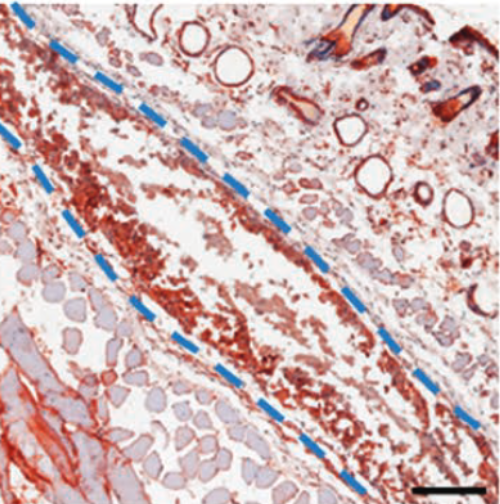Cytocompatible, Injectable, and Electroconductive Soft Adhesives with Hybrid Covalent/Noncovalent Dynamic Network.
Synthetic conductive biopolymers have gained increasing interest in tissue engineering, as they can provide a chemically defined electroconductive and biomimetic microenvironment for cells. In addition to low cytotoxicity and high biocompatibility, injectability and adhesiveness are important for many biomedical applications but have proven to be very challenging. Recent results show that fascinating material properties can be realized with a bioinspired hybrid network, especially through the synergy between irreversible covalent crosslinking and reversible noncovalent self-assembly. Herein, a polysaccharide-based conductive hydrogel crosslinked through noncovalent and reversible covalent reactions is reported. The hybrid material exhibits rheological properties associated with dynamic networks such as self-healing and stress relaxation. Moreover, through fine-tuning the network dynamics by varying covalent/noncovalent crosslinking content and incorporating electroconductive polymers, the resulting materials exhibit electroconductivity and reliable adhesive strength, at a similar range to that of clinically used fibrin glue. The conductive soft adhesives exhibit high cytocompatibility in 2D/3D cell cultures and can promote myogenic differentiation of myoblast cells. The heparin-containing electroconductive adhesive shows high biocompatibility in immunocompetent mice, both for topical application and as injectable materials. The materials could have utilities in many biomedical applications, especially in the area of cardiovascular diseases and wound dressing.

- Adv Sci (Weinh). 2019 May 24;6(15):1802077
- 2019
- Biomaterials
- 31406658
- PubMed
